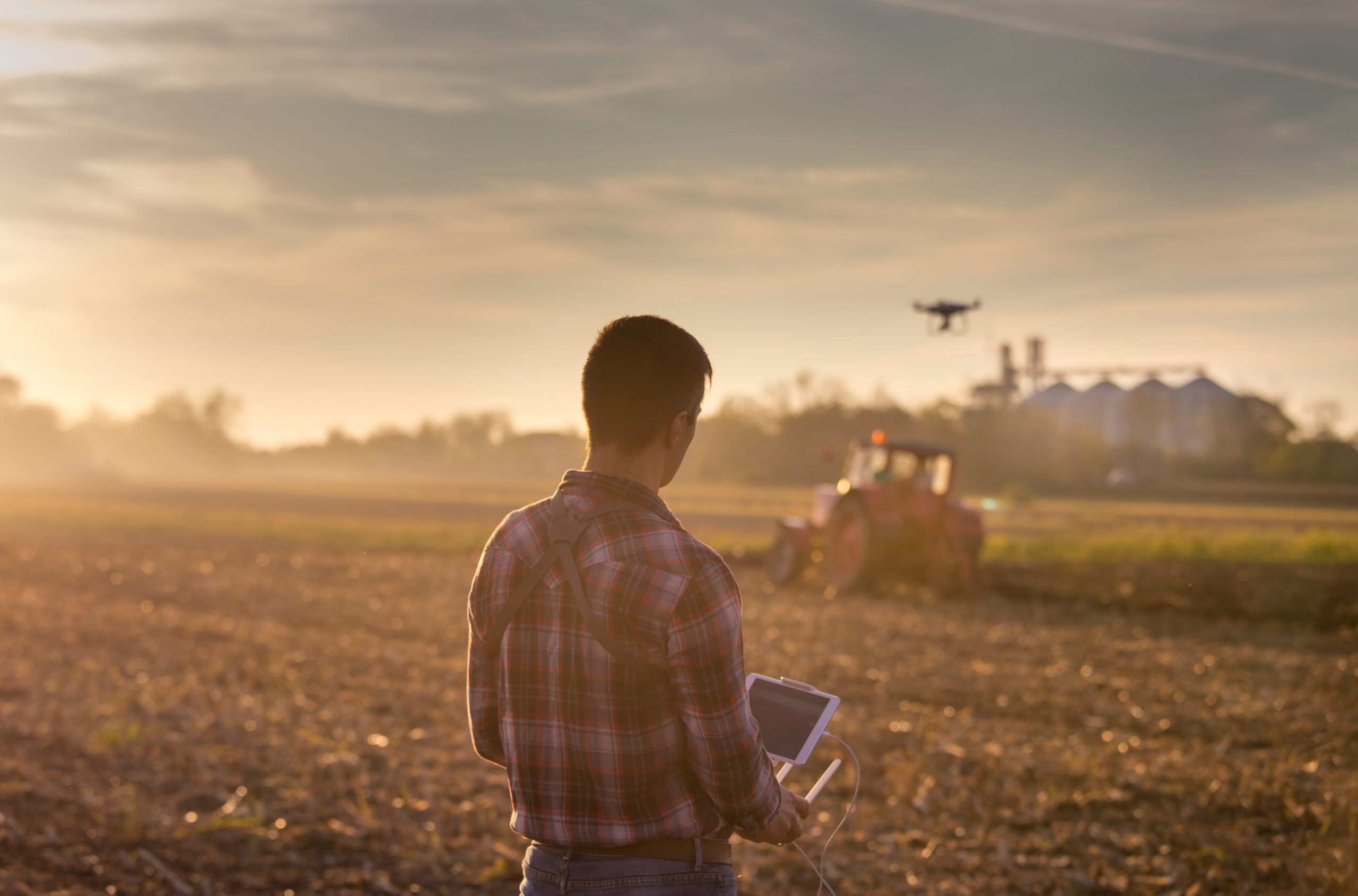
Back in 1977, NASA published a paper entitled The Role of Aerospace Technology in Agriculture. The report summarised a study, the goal of which was to improve productivity of agriculture through aerospace technology.
The study included a review of the present state of agriculture, plant and animal culture, and agri-business, and led to recommendations for additional research and technology in the areas of aerial application of chemicals, remote sensing systems, weather and climate investigations, and air vehicle design. The report also considered in detail the social-cultural, legal, economic, and political results of intensification of technical applications to agriculture.
Slightly surprisingly (even with the benefit of 2021-hindsight), the report had nothing to say on what aerospace might be able to teach the agricultural sector about safety.
Safety Records of Agriculture vs Aerospace
The aviation industry has a strong safety culture that has developed over the course of decades, and many of the safety technologies created for aircraft have found their way into other industries. More than a few of these were cutting edge in their day, such as anti-lock brakes which are now standard equipment in almost all road vehicles. Some of aviation’s other safety innovations are more low-tech, but no less effective for it, both inside and outside of aviation. For example, healthcare professionals have applied the principles of pilot checklists to the regimens of their patients, with great success in terms of harm reduction.
Meanwhile, agriculture has fared less well. This year, the UK’s Health and Safety Executive published a report stating that agriculture has the worst rate of fatal injuries of all the major industrial sectors. Furthermore, fishing remains one of the world’s most dangerous occupations. There is therefore a clear need for safety improvements in the agricultural and fisheries sectors.
Solutions
One of the more obvious examples of how the aviation industry is helping to improve safety in agriculture is the replacement of piloted crop-dusters by remote-controlled drones. Not only does this avoid the hazards of low-flying, it can also reduce the exposure of personnel to harmful pesticides.
The space sector is playing its part, too. London’s Inmarsat, a leader in global mobile satellite communications, has published a paper on the safety and wellbeing of seafarers. According to the paper, the effective use of data and analytics is key to improving our ability to prevent accidents. In the same way that our brains use knowledge and experience to make sense of complicated situations, it is possible to use data and experimentation to build models that can predict the risk of accidents. Algorithms that take into account many different factors can be used to calculate risk on a mathematical basis.
Of course, it is not only the aerospace sector that has lessons to teach with regard to safety. Other industries are also well versed in safety-critical operations, for example, the nuclear and transport sectors. These industries have between them accumulated an enormous amount of technical know-how in respect of safety, increasingly in the areas of data, artificial intelligence (AI) and algorithms.
One company using algorithms to predict risk at sea is HiLo, which has developed advanced statistical analytical models to predict high impact events and reduce risks for seafarers. New hardware is also being produced for the protection of seafarers, for example by Norwegian start-up Dimeq, which has created a lightweight wrist band that makes it possible to instantly locate crew members during an emergency.
Back on land, Belfast-based Machine Eye has developed a product by the same name which uses edge computer vision and deep learning AI to continually assess risk in real time and accurately identify humans who are deemed to be at risk around a machine by understanding their likely interactions. Should an unsafe interaction be likely, Machine Eye will automatically alarm, alert, or act, to mitigate risk in a safe and efficient manner.
It is encouraging to see safety solutions and know-how being transferred to agriculture and fisheries from so many industries, as well as the safety innovations coming out of new start-ups and established firms in the agriculture and fisheries sectors themselves.
The Role of IP
As ever, the most successful young firms in this area will have an effective IP strategy tailored to their commercial goals. Investors must be confident that a new company is able to commercialise and protect its innovations. One of the ways in which a company can make itself attractive to investors – above and beyond having a great product or service – is to have an IP strategy in place demonstrating how its IP fits in to, and can bring value to, the overall business plan. For instance, how do the IP rights map onto the products, and what is the plan for exploiting the IP rights? Investors will also be encouraged to see further considerations such as filing strategies, processes to capture future innovation and IP, and a specific IP budget.
While a coherent IP strategy is a key component of a successful funding round, it is essential for innovators to consider whether patent protection is the right option for the particular technology and business plan. In this regard, it is evident that much of the recent innovation in this area of safety lies in the use of data and AI. An innovation that relates solely to details of a back-end algorithm may be better protected as a trade secret, if identifying infringement of the patent would be impossible, and given that filing a patent application would require disclosure of details that may otherwise be kept secret. The right option will depend on a number of factors, such as how broadly the invention can be claimed, the business model, and how the technology will be implemented. The key point is that the decision needs to be considered within the context of the overall IP strategy.
Besides new start-ups creating novel safety technologies in the agriculture and fisheries sectors, companies in other industries might seek to licence their relevant patent rights to established firms in those sectors. Those firms will also want to grow their own IP portfolios, as the new technologies appear and develop.
For start-ups and mature firms alike, it is important that the IP advisors they choose have the right legal, technical and commercial expertise to work in partnership with business owners, inventors and investors, as well as other business advisors, to create long-term value.
If you would like to discuss how the intellectual property in your business can be put to work, please find my contact details on my website profile here or contact us at either engineering@gje.com or gje@gje.com.

